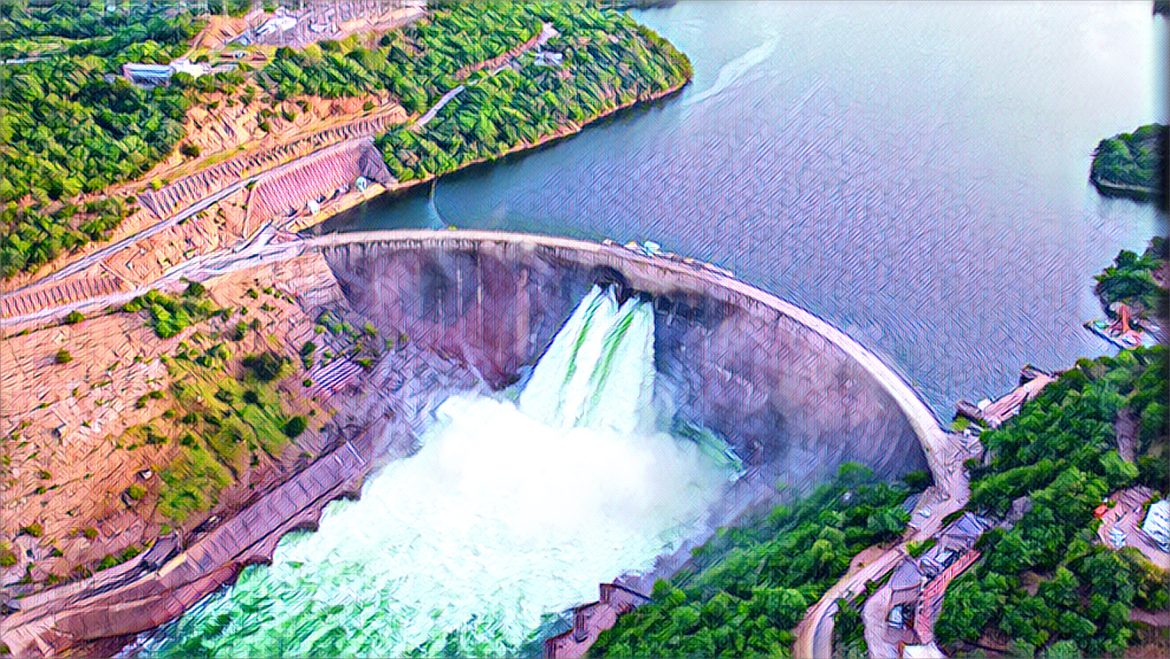The European Union (EU) has committed €113 million (equivalent to approximately US$120 million) towards the refurbishment of the Kariba Dam.
This move is a part of the EU’s Global Gateway initiative which aims to bolster Zimbabwe’s electricity production capacity.
EU ambassadors Jobst von Kirtman (Zimbabwe) and Karolina Stasiak (Zambia) together with Energy Ministers Edgar Moyo and Peter Chibwe Kapala from Zimbabwe and Zambia respectively, visited the project site to make the announcement, as reported by NewsDay.
Kariba Dam, a shared asset between Zimbabwe and Zambia, is a vital part of both nations’ power infrastructure via the Zambezi River Authority. Kirtman expressed the importance of this refurbishment stating, “The dam’s rehabilitation could potentially account for over 50% of Zimbabwe’s total electricity output.
The collaboration between the EU, the Zambezi River Authority, World Bank, African Development Bank, Swedish International Development and Co-operation, alongside Zambia and Zimbabwe, signifies an investment in the future of both nations.”
Lake Kariba hosts a hydroelectric plant with a 1,050-megawatt capacity. However, recent decreases in lake water levels have led to acute power shortages for both nations sharing the Zambezi River.
A critical highlight is the potential catastrophic repercussions if the dam collapses. Estimates suggest the fallout could jeopardize over 500,000 lives, damage other dams, affect nearly three million people, and lead to economic losses exceeding US$20 billion.
The dam’s history dates back to the late 1950s and early 1960s when both nations, then known as Rhodesia and Northern Rhodesia, came together for this project. Facilitated by the Central African Power Corporation and supported by multiple international entities and engineering firms, the dam stands as one of the world’s largest man-made reservoirs, boasting a water capacity of around 180 billion cubic meters.


